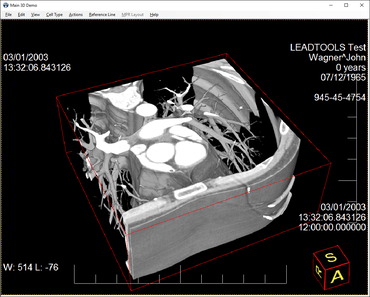Official Supplier
As official and authorized distributors, we supply you with legitimate licenses directly from 200+ software publishers.
See all our Brands.
LEADTOOLS Medical Imaging SDK features include comprehensive DICOM data set support, 8-16 bit extended grayscale image support, image annotation, specialized extended grayscale image display such as window level and LUT processing, and medical-specific image processing. Other features include lossless JPEG compression, and signed and unsigned image data processing.
The Medical Imaging range of products include:
LEAD Technologies is a privately held company founded in 1990 by Moe Daher and Rich Little. Headquartered in Charlotte, North Carolina, LEAD was established to commercialize Mr. Daher's inventions in the field of digital imaging and compression technology. With a rich history of over twenty years, LEAD has established itself as the world's leading provider of digital imaging software development toolkits.

Develop powerful medical imaging applications.
Live Chat with our LEADTOOLS licensing specialists now.